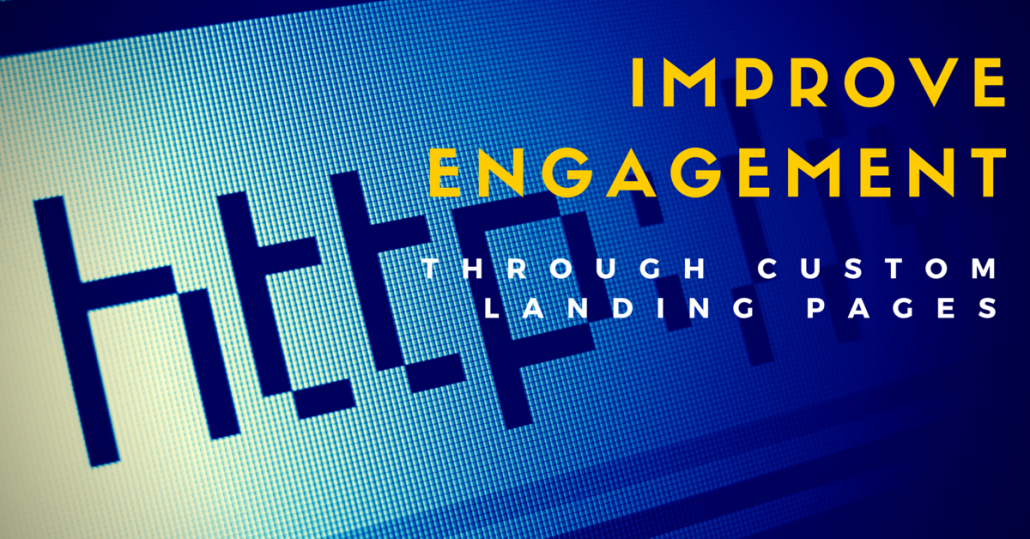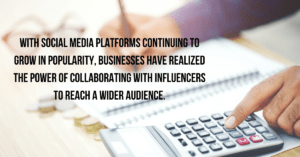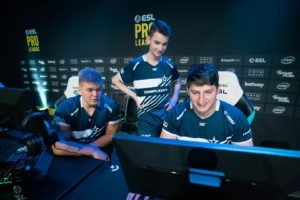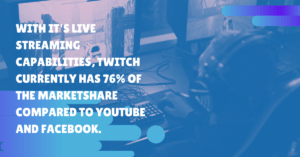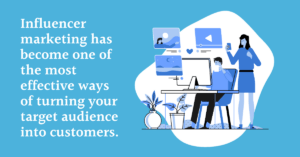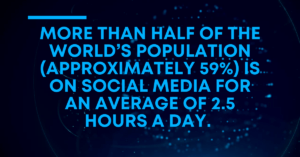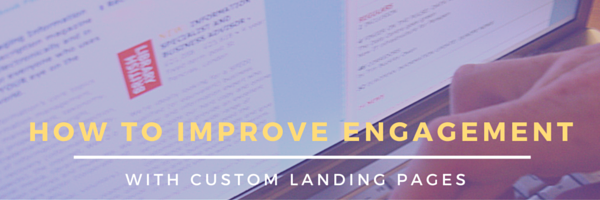
Using landing pages for your Influencer campaigns can result in higher conversion rates and a lower cost-per-click. The goal is to create a closely coupled relationship between the Influencer Post and the content of your landing page. This increases the message match for humans (reducing bounce rate) and increase of brand engagement.
Successful Influencer campaigns are about more than simply getting influencers to post content that can attract the attention of your target audience. Many marketers falter in the “what happens next” post-click phase, and a big reason for this is sending influencer traffic to the wrong type of page.
Roughly 95% influencer traffic traffic is sent to one of the following page types:
- The company homepage (most common)
- A sign-up or registration page
- A shopping cart page
- A product detail page
- NO where (We are not kidding)
If you fall into this category then your highest converting call to action is likely to be the back button on your browser – which means you are wasting money.
This stat also means that only about 5% of traffic is being sent to promotion specific landing pages, which is crazy. Most marketers know that landing pages improve conversion rates, but did you know that they can have a big impact on Google’s decision of your quality score (QS) – translating into a reduced cost-per-click (CPC)?
Simply put, you should send Influencer traffic to landing pages whenever possible. Here’s the scoop on why:
Landing Pages Improve Your Engagement
You want high engagement per influencer because it reduces your cost of acquisition (giving you more clicks per advertising dollar) and it improves your brand recognition (making it more likely that your product will be remembered and talked about).
By way of comparison, here’s why a landing page is better for achieving a higher engagement rate:
| Landing Pages vs. | |
| Homepage | The landing page ability to attain high engagement is the relevancy of message match – how accurately the content on your landing page reflects the words and meaning your influencer is sharing.
With a landing page you can tailor your content to be specific to a single focused topic giving you a 1:1 content relevancy mapping. Conversely, homepages often have multiple messages based on different product areas or services and are likely to produce a higher mapping ratio – perhaps 1:4 (or higher) – diluting the potential for your influencer traffic to convert. |
| Registration Page | Sending traffic directly to a registration page from a influencer is a terrible conversion strategy from a human perspective – too much of a hard sell with no supporting material. Testing and tweaking your registration page is a very time consuming and complex thing to get done (usually for political and technical stability reasons). This is another good reason to avoid using it as the target page for your influencer campaigns because you want to have the freedom to experiment and optimize. Instead, you should use a landing page to warm your prospects with product/service/brand benefits before passing them on to your registration page. You’ll be able to create a page that gets high engagement (by adding valuable content and messaging) and increase your conversions at the same time. |
| Shopping Cart Page | A cart page is also unlikely to contain more than a basic product title and description, making it hard for your influencers fans to figure out what it’s really about.
Similar to the registration page, it’s naive to assume that someone is ready to buy your product without first being exposed to your brand or real product information, so get your influencers fans excited with a landing page before sending them to the checkout. |
| Product Detail Page | Like the cart page, the URL is also often faceless, using a product id rather than a descriptive name.
Having said that, if you have a lot of products, creating a separate landing page for each would be overkill. The time when you do want to use a landing page is when you are running a special promotion for your product, as you’ll find it simpler to produce a new page with promo based content, than to try and alter a template used by your whole product line. |
As with any Influencer landing page, when constructing your landing page be sure to focus on the following to achieve great engagement:
- Use original content that focuses on a single topic only, matching the words, phrases and subject matter of your ad.
- Break your content up into a hierarchical structure to allow emphasis to appear in the form of titles and sub-headers.
- Use tightly matched phrases inside important markup code: partner your ad words with the <title> tag, and header tags (H1, H2 etc.).
- Don’t try to trick the ad bots with keyword stuffed content. Aim for human readable content semantically related to your core message.
A good way to test this approach is to create a landing page and compare the quality score you get vs. the other page types – then optimize your landing page until the numbers are superior. You’ll find it much more cost effective (and less political) to massage a landing page compared to your homepage or site templates.
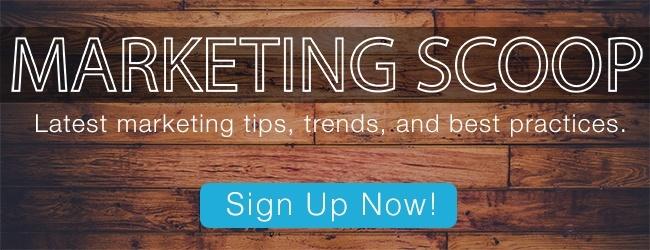
Sideqik Marketing
Latest posts by Sideqik Marketing (see all)
- The Coolest Things Tiktok Made Us Buy - November 10, 2021
- How to Prep Your Influencer Strategy for the Black Friday E-commerce Influx - November 8, 2021
- Building an Influencer Program From Scratch - March 12, 2019

